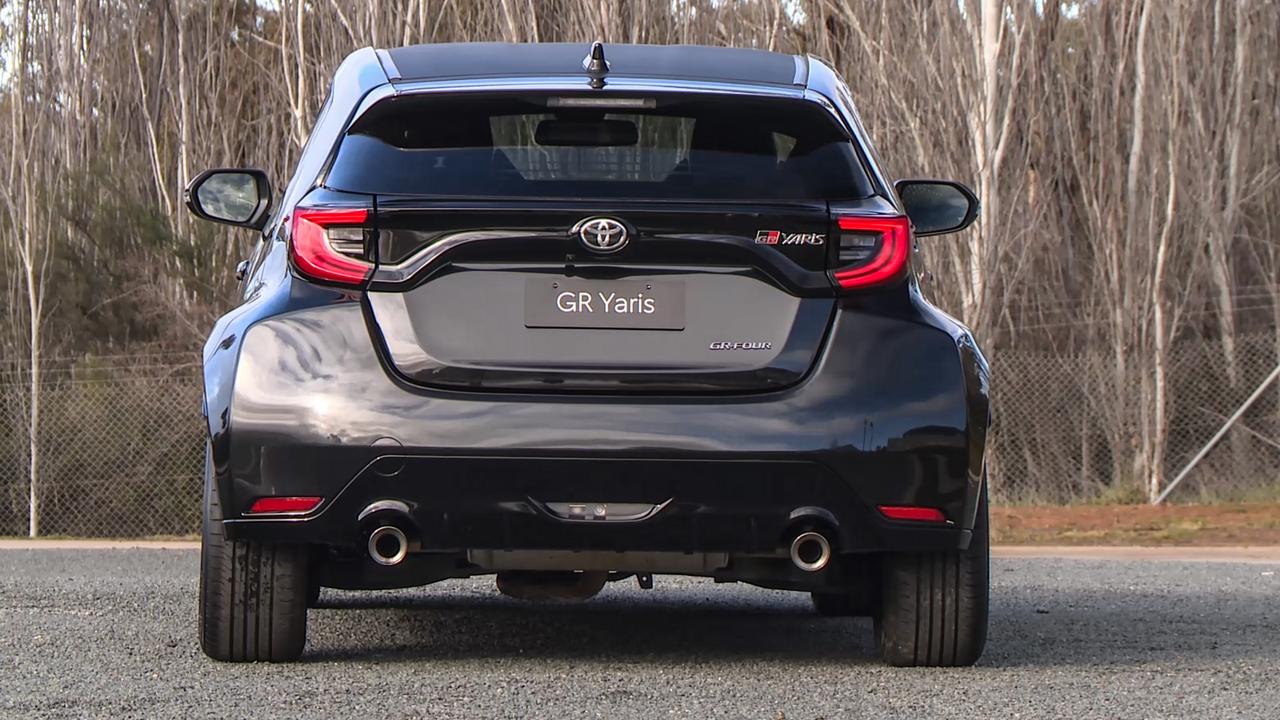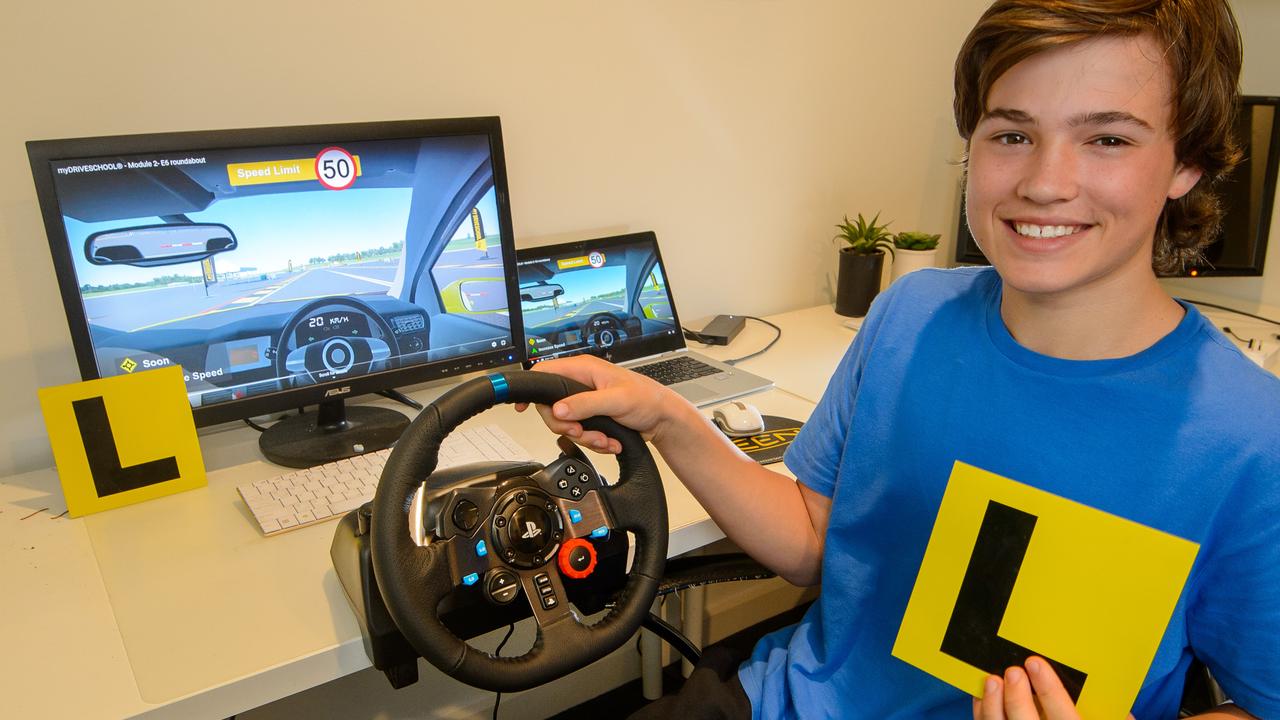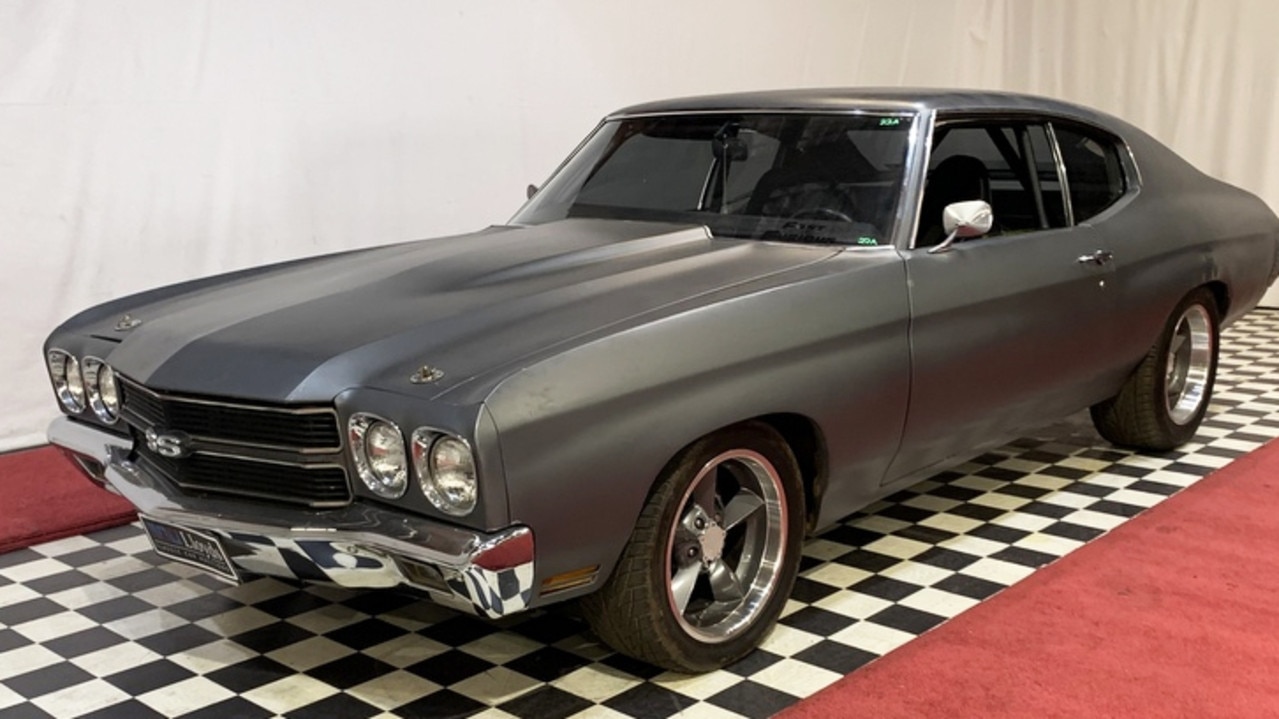Emergency self-braking technology is on the way to every new car sold in Australia, Japan and Europe
Australia has agreed to make autonomous emergency braking standard in all new cars under draft regulations agreed by 40 countries at the UN. —
Life-saving pedestrian detection and automatic braking technology could become mandatory in all new cars and utes sold in Australia.
Australia agreed to a draft standard for autonomous emergency braking (AEB) in new vehicles this week.
The draft United Nations regulation requires all new cars to be able to detect hazards such as stationary objects, slower-moving vehicles or pedestrians before warning drivers and applying the brakes to “avoid or mitigate the severity of a rear-end in lane collision”.
Proposed rules apply to passenger cars as well as commercial vehicles.
That means some of Australia’s best-selling vehicles including the Toyota HiLux ute must receive significant safety upgrades in the near future.
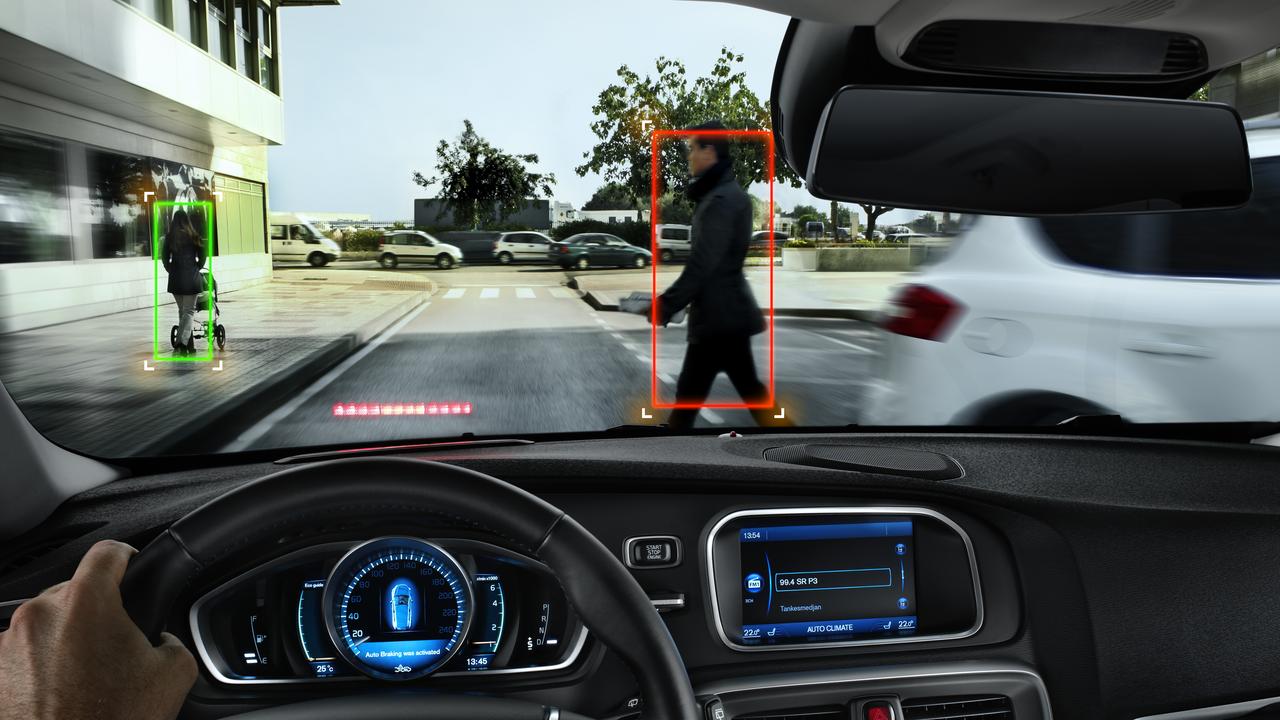
The technology has the potential to reduce the road toll, as pedestrians, cyclists and motorcyclists made up more than a third of the people killed on our roads over the past 12 months.
The UN said the new regulation “would enter into force in early 2020”, with AEB becoming mandatory for all new cars and vehicles throughout the European Union from 2022.
Local implementation of the standard would be led by the Department of Infrastructure in a process unlikely to be completed in short order. Australia lags behind European emissions standards and has a history of grandfathering older vehicles into new policy, suggesting it may be years before every car on sale features AEB.
The move was welcomed by James Goodwin, chief executive of the Australasian New Car Assessment Program responsible for crash-testing cars in Australia.
“ANCAP supports international moves to ultimately mandate AEB for passenger and light commercial vehicles,” Mr Goodwin said.
“In the intervening time, the rate of voluntary fitment by vehicle brands, encouraged by ANCAP safety ratings, is growing rapidly — in 2018, 31 per cent of new vehicles were fitted with at least one form of the technology.
“A year on, we would expect the rate of fitment to be much higher.”
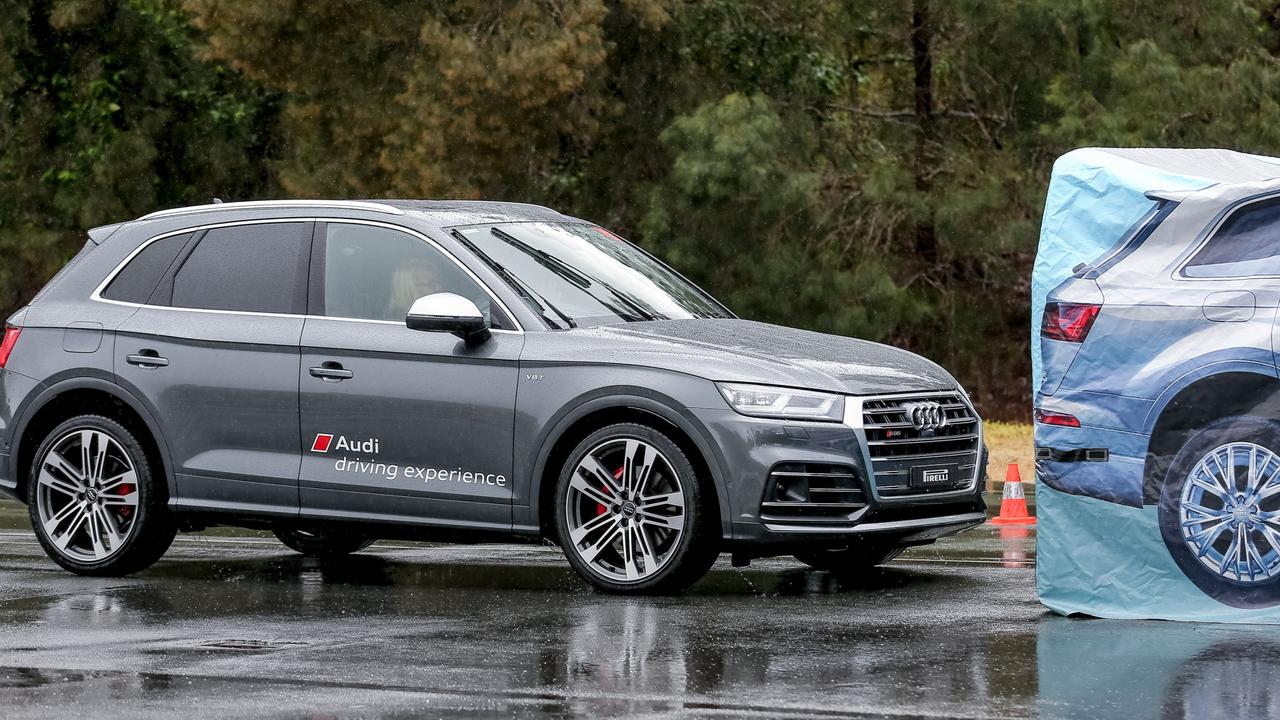
The European Commission said AEB has the potential to save 1000 lives per year in Europe.
ANCAP and Euro NCAP found in 2015 that the inclusion of AEB led to a 38 per cent reduction in rear-end crashes at low speed.
AEB systems are fitted as standard to many new cars ranging from affordable hatchbacks to luxury vehicles and sports cars. Some manufacturers require drivers to pay for optional safety packs, while machines built on older platforms, including the HiLux, are not available with self-braking tech.
There are big variations in the effectiveness of AEB systems and the changes should clear up confusion in this area, making it easier for buyers to compare the systems from car to car.
While many brands offer technology capable of reducing the severity of a collision, some cars with driver assistance systems are not capable of bringing the vehicle to a halt.
That will change under UN requirements which set strict minimum standards requiring vehicles to be able to take action from speeds up to 60km/h, and come to complete stop when travelling at 30km/h or less.
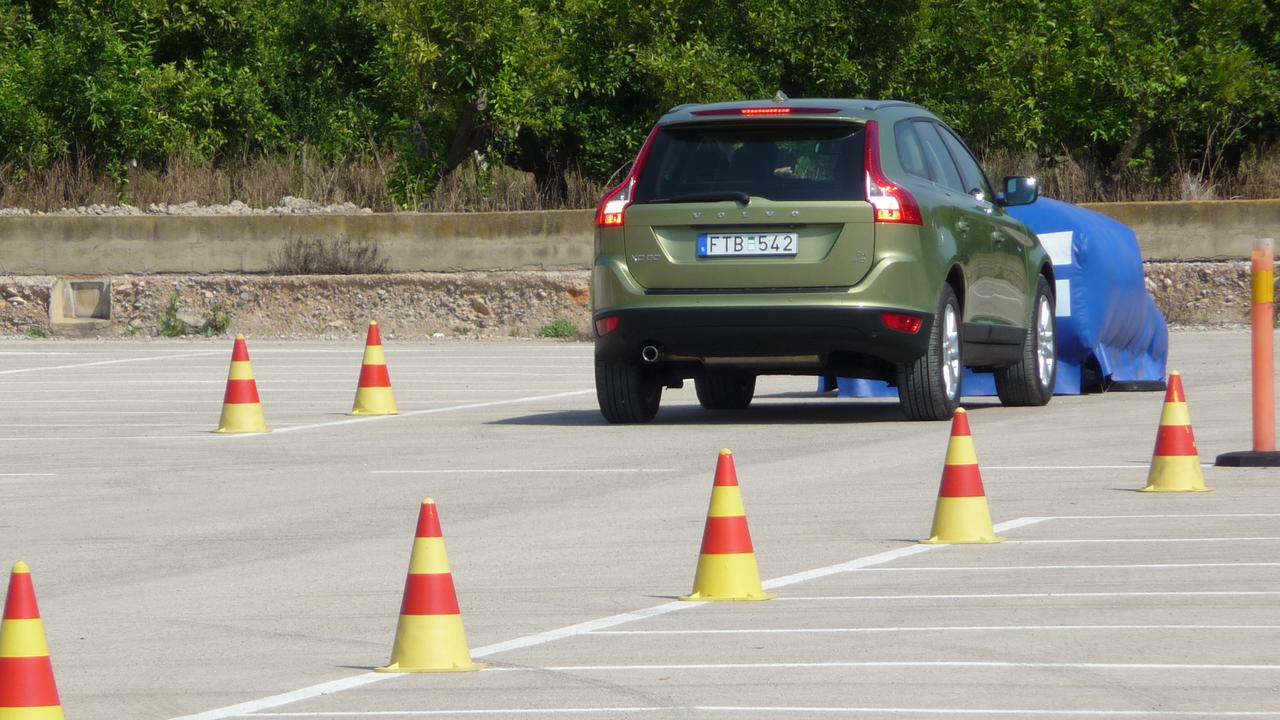
It said most existing systems “will have to be updated” to meet stricter requirements.
Under the proposal, false alarms must be kept to a minimum as cars are required to “avoid autonomous braking in situations where the driver would not recognise an impending collision”.
A series of tests conducted at 20 to 60 km/h will assess the vehicle’s performance when approaching stationary or moving objects as well as pedestrians.
Manufacturers can choose to fit vehicles with a manual override setting. Drivers who choose to deactivate the system will have to take two “deliberate actions” to do so, which may include pressing a button to switch off the system, then confirming their decision a moment later.
They will have to do so at the start of every journey.
Some vehicles already automatically disable AEB when drivers select special modes for use off-road or in racetrack environments, while others allow motorists to tailor individual safety elements to their own requirements.
More information: UNECE


